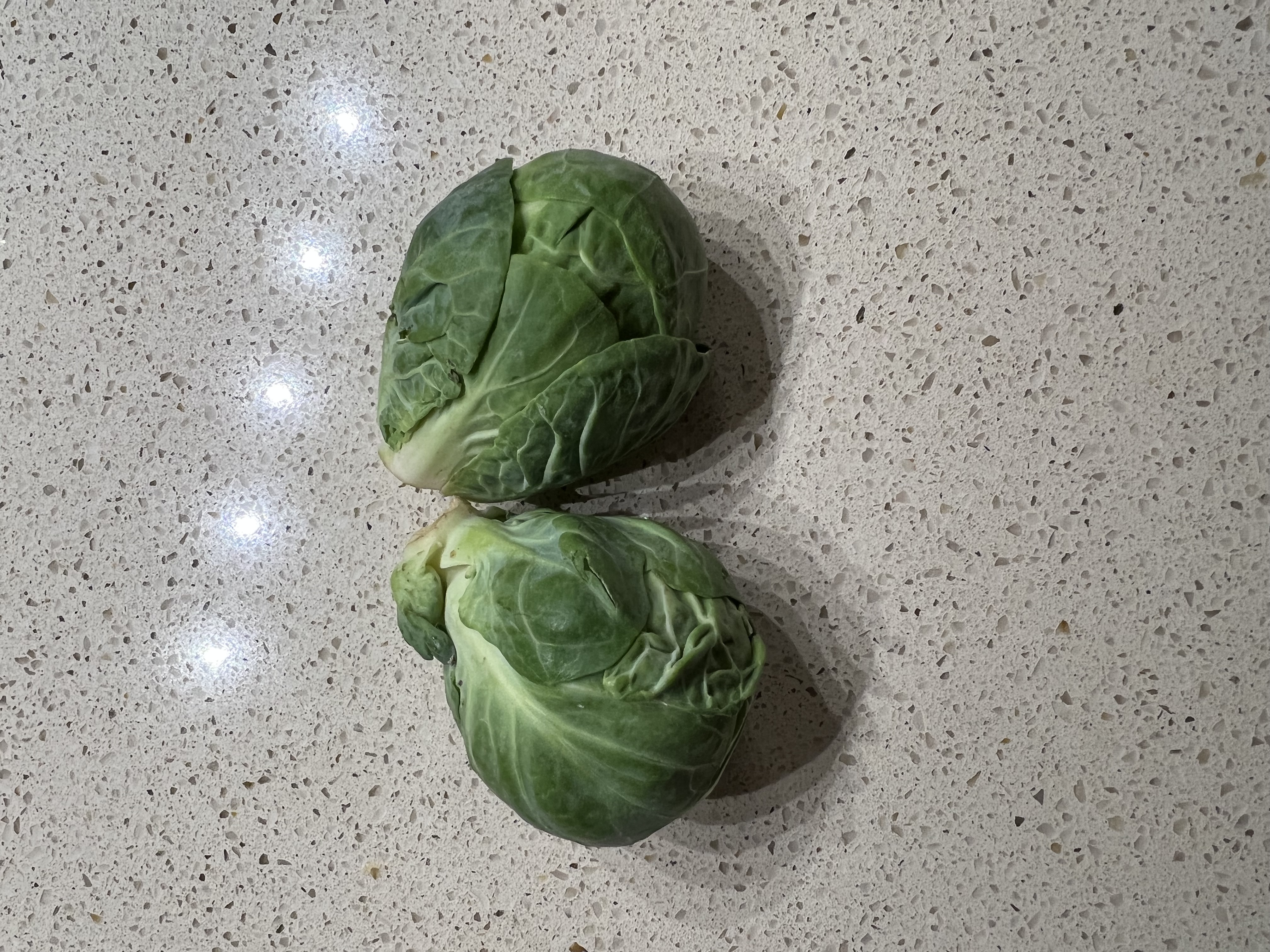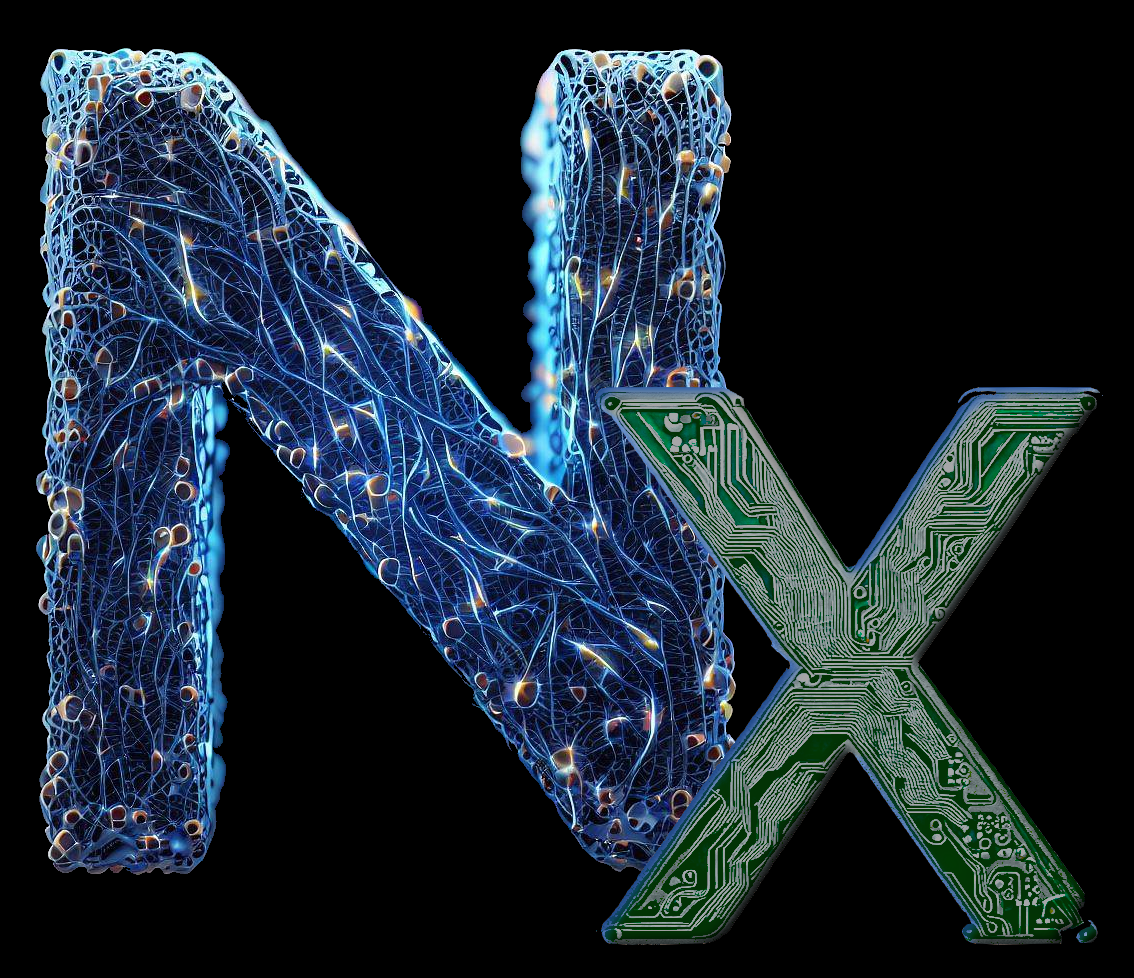I see a lot of people claim they tune/calibrate their printer any time they use a new spool of filament. But does anyone actually do this? It feels like a waste of time when filament is so consistent, even between brands. I can understand doing it for specialty rolls, but for basic pla? Seems unnecessary
Reading the answers make me feel bad about myself.
I never really calibrated my printer. I have a BLTouch so I rarely have to level the bed, I correct the Z offset when my prints start failing, and that’s pretty much it.
I should probably start taking printing more seriously.
If you’re happy with your prints, then no need to calibrate IMO. I think calibration is only necessary when you see a problem or want the best possible prints you can get. But personally, I don’t care too much if a print isn’t perfect, as long as it works
Nah, there’s nothing wrong with that. I’m the same type as you and just print until something goes wrong. While I enjoy the journey of 3D printing, what I really love is the results. As long as you get the result there’s no need to tinker unless you just really love that aspect.
God no, way too lazy for that lol. It probably does help though.
I print a temp tower for every new brand I get and save that as a profile. Has worked fine for me for years
Same here. New brand, new temp tower. Maybe a new color if on the spool it looks different.
New brand seems reasonable. I still don’t even do that, but I also don’t care too much if it’s not a perfect print haha
I don’t do it for every spool, but I’ll generally tune for each brand I have. Elegoo’s PLA prints different than IIID Max PLA+, so I have profiles for both. I’ll only tune a new spool if it’s not printing well with the brand’s profile
Could be semantics but I configure (tune?) my profile to brand and color and leave it unless a roll is printing oddly. Basically, I’m looking for adjustments to flow, retraction speed and distance. Overture black and white are the same but recently used a hot pink and bright green from two different manufacturers where my Cura Overture Black/white profile sucked.
I rarely ever do, honestly I use the “Prusament” defaults in prusaslicer for all of my rolls of various types, and never really have any issues. Unless it’s something like a silk or specialty type of filament.
Being a lazy type, I only do it per-material, and then only crudely. Which is part of the reason my PETG prints tend to be a bit on the stringy side, I’m sure—I’ve just never bothered to tune the retraction properly.
Heck no. I’ve got a baseline profile that’s good enough and tweak if something is obviously wrong.
These days I just want to print with as little fuss as possible. Think a BambuLab printer is in my future.
Ain’t nobody got time for that.
I tune whenever I start getting failures, or if I completely switch materials. For example, with petg, it works better to have a thicker initial layer so I’ll raise the z offset a bit going from pla to petg, and the opposite going back.
But I’ve gone through multiple rolls without needing to tune.
This sums it up perfectly for me too.
I tune whenever I start getting failures
Not unless I notice it printing poorly
Not really, I usually run a test print. But I have noticed that sometimes a different color will need different settings, even if it’s the same material and brand.
One thing that I do for every roll is to put an ID number on it and weigh it, and put that into a database. That way I have a good estimate of whether or not I have enough filament for a project.
I calibrate flow rate for each filament, and looking at my SuperSlicer profiles I have values between 0.95 and 0.99 for PLA from different brands/product lines. I also have different temp settings for some, but that’s more a result of adjusting after prints than having actually calibrated it. I’ve been experimenting a lot though and have never bought the same filament twice but I would probably not recalibrate for a new spool of something I already have.
But if not calibrating works for you then there’s ofc. no point in doing it.
Only if it’s a specialty filament or something tricky; like Proto-Pasta can be. If I’m just running another spool of Hatchbox or Overture I just use my generic PLA profile and send it.
Not for each new roll of filament, but I am relatively new (less than 1 month) and with the same roll I have some prints failing. Mostly because they detatch from the bed (Material is PETG, on an Ender 3 Max Neo). I’ve tried a lot of things already:
- Different nozzle temps
- Z axis offset calibration
- Cleaning the print-bed
- Leveling the print-bed (including the screws and the A4 paper trick)
- Heated bed vs. non-heated
- Printer placed in an enclosure to prevent drafts
So far it seems to go alright, but I still get detatching prints occasionally, or deforming mid-print. It’s kind of frustrating :(
I had the same problem with my CR-10. The issue was that the weak original bed springs were too weak to hold the bed. The vibrations of the printer allowed it to move, causing the first layer to not adhere very well. I also had filaments get moisture after a week or two.
When people say upgrade the Creality bed springs, they aren’t kidding. PLA is forgiving enough on the first layer, but upgrading those bedsprings was necessary for me to print PETG. I made them stiffer by adding 5-6x washers on each post to pre-compress the springs. This makes them much stiffer and stay put.
I also bought a filament dryer. I put a new roll of PETG in the dryer and put it in continuous mode at 55°, and print PETG directly from the dryer.
I still have to print PETG pretty slowly compared to PLA or ASA (my favorite material).
To OP’s original question: I do a full tuning of PETG with a new maker/roll. PETG is a co-polymer. Each manufacturer could have a different amount of glycol on the PET chain, or even a different distribution (e.g. ABABABAB copolymers behave differently than AAAABBBB copolymers even though both are 50% B). Colorants can also affect behavior.
PLA I really don’t tune. I add 5-10 degrees when I’m printing quickly. That’s about it. I recently was printing a spacer out of the last bit of a PLA+ roll I had. The filament ran out and the printer halted. I loaded a matte PLA to finish (I slowed the printer down and bumped the temp up manually by 5 degrees since this matte stuff has layer adhesion issues), and it also ran out before the print was done. So I loaded a roll of transparent PLA that I bought 9-10 years ago (and was stored in an attic for 2 years) and is very brittle, and it printed just fine. The print looks strange (tan to matte terra cotta to transparent purple) but works great.
Oh thanks for pointing out the bed springs! That does sound like something that can be happening, since they seem to slowly ‘unwind’ causing the bed to lower. I’ll add some washers; thanks for the tip!
I did this more as a temporary fix. There are lots of sellers of stiffer spring sets or silicone spacers for Creality printers online. There are also several models on thingiverse for printing your own spacers.
Oh, you poor thing. I made the same mistake. I know, I know, PETG logically makes the most sense - no fumes, higher temp tolerance, cheap - but save yourself weeks of misery and stick with PLA or PLA Plus/Pro/+ for a few months. PETG is a special beast. For all the shit PLA gets, it’s not that bad and MUCH easier to learn printing with.
PETG is more viscous and sticky, and generally requires its own z-offset tuning and retraction tweaks. On top of that, it needs juuuuust enough heat to melt the Bowden tube, which happens to make it really tempting to pop a few prints. I’m pretty sure I invented new curse words while trying to clean out that mess.
PETG was the second filament I tried. The first was Silk PLA. It’s PLA, but shiny, no biggie, right? Don’t learn on Silk PLA either. Completely different set of problems. Silk PLA to PLA is like Frosted Fakes to cake frosting.
Just my $0.02. I know I was all excited to print mods for the printer right away, but I’ve ended up replacing all those mods with MUCH better ones 6 months later. Good luck!
Edit: Forgot to mention, make sure you use glue stick or hairspray on the bed. PETG will bond strong enough to take some of the bed surface with it!
So I’ve essentially started printing on a higher difficulty? Guess I’ll switch to PLA when the PETG runs out and change profiles in the slicer to PLA
Yes, you’re printing on Hard Mode. PETG is weird at first, but easy-ish later on. Some veterans tend to treat it like no big deal, but it can be a real stumbling block for some. I know it took me a while.







